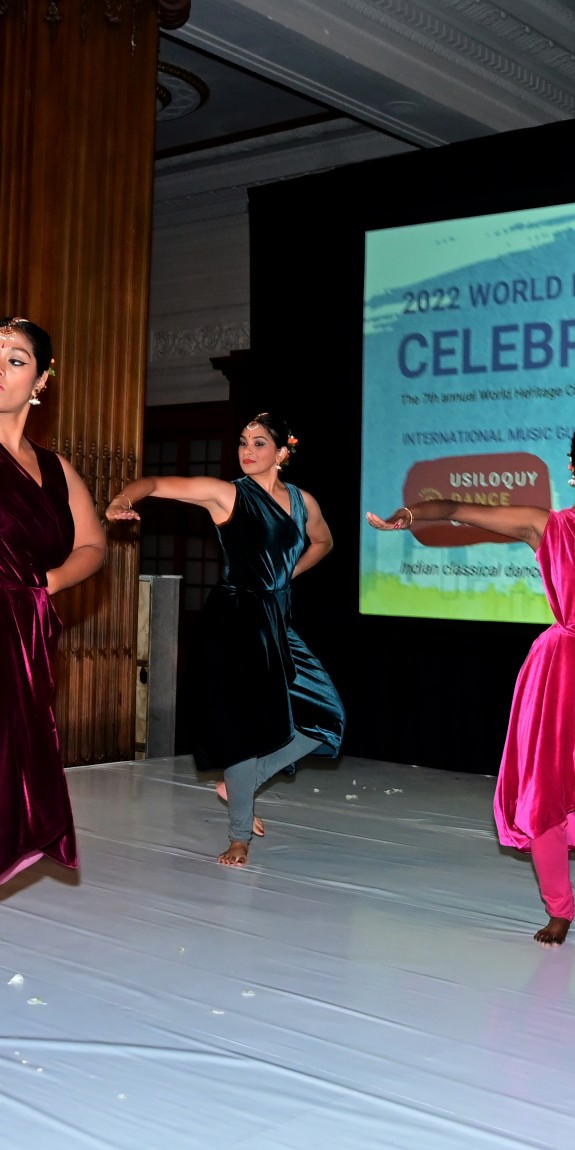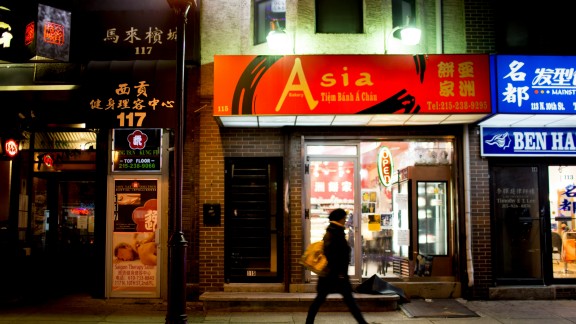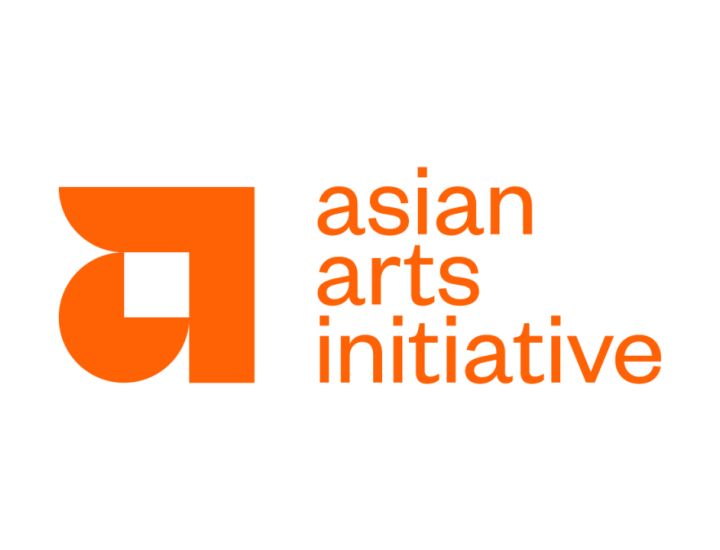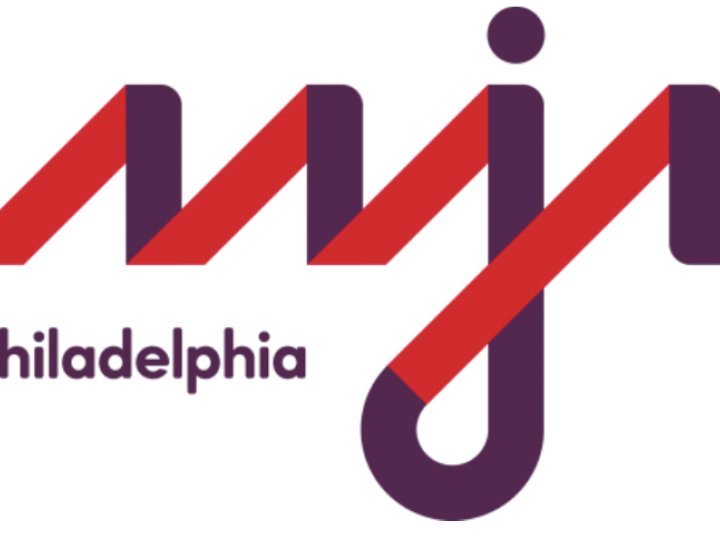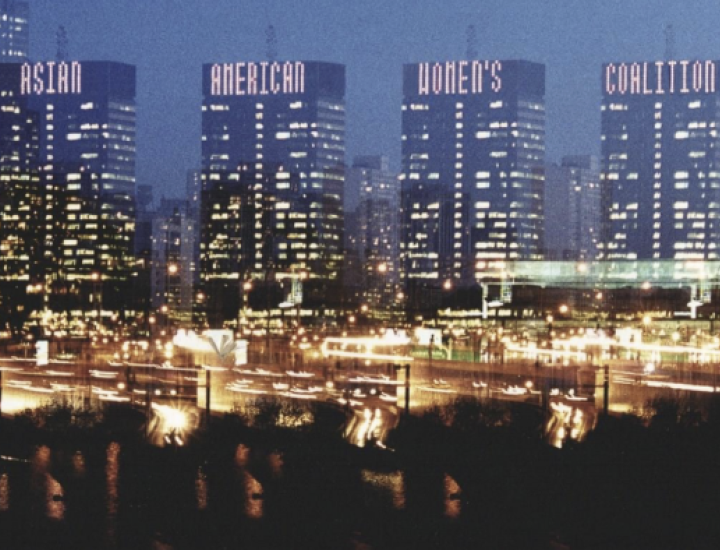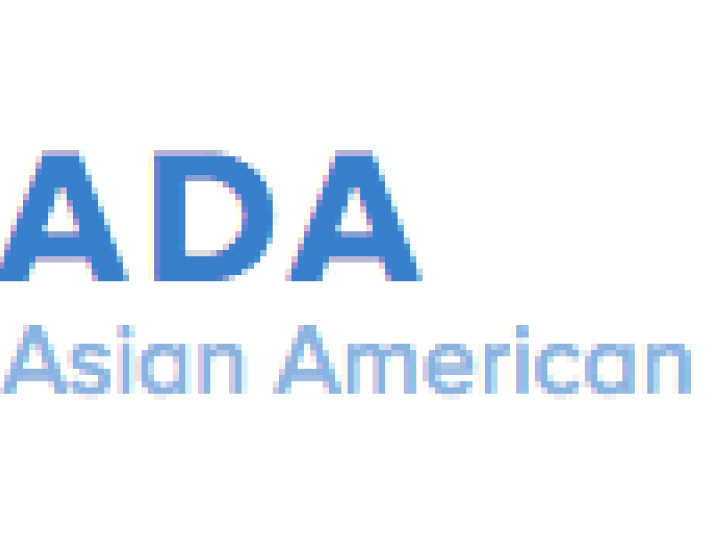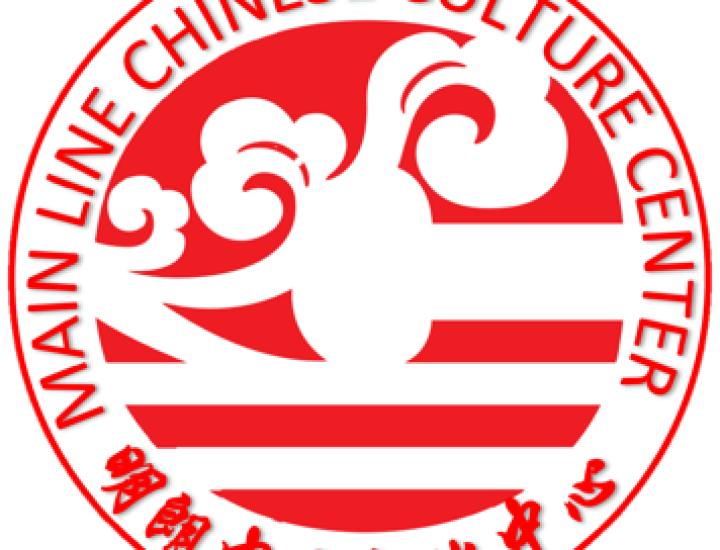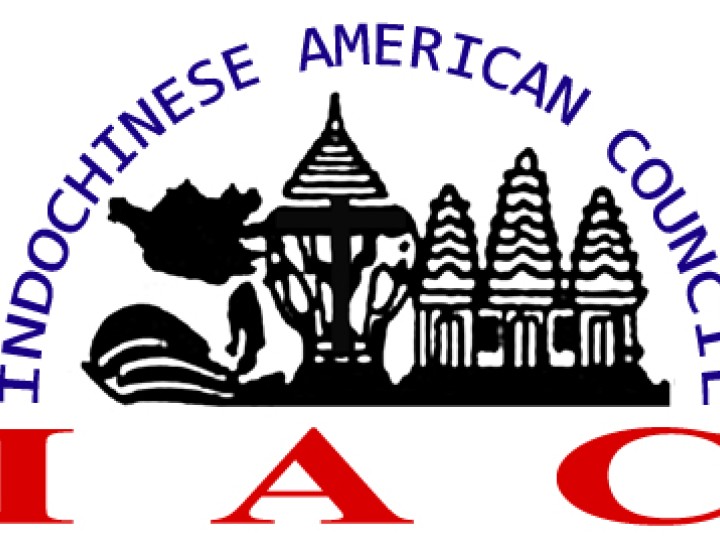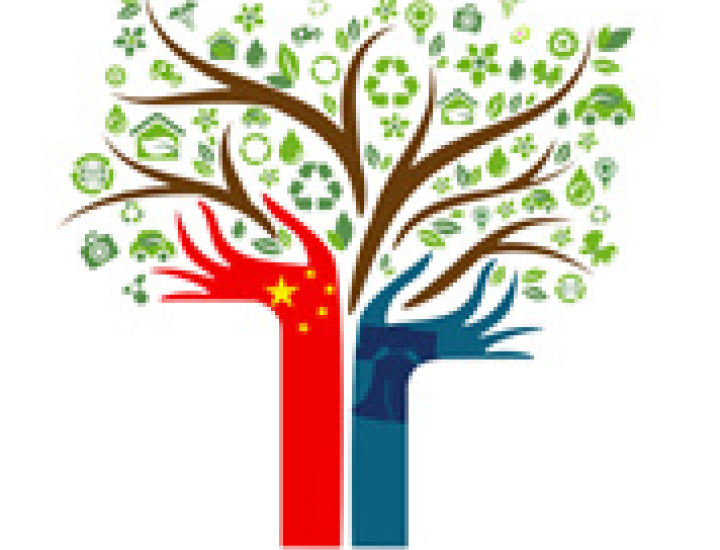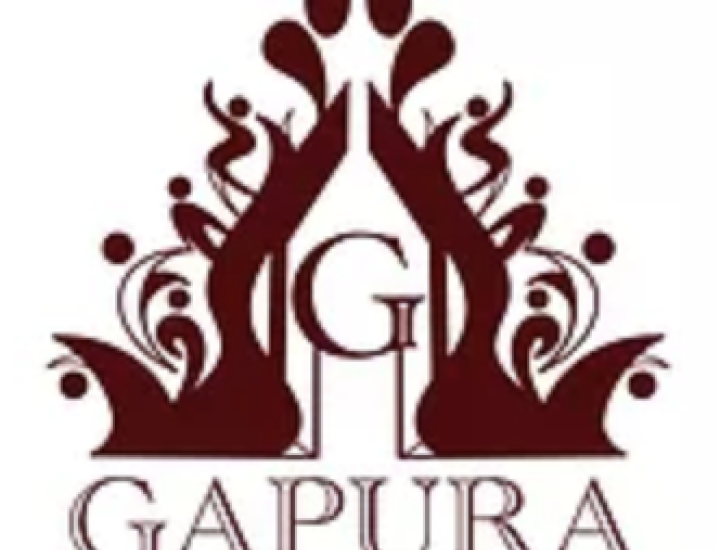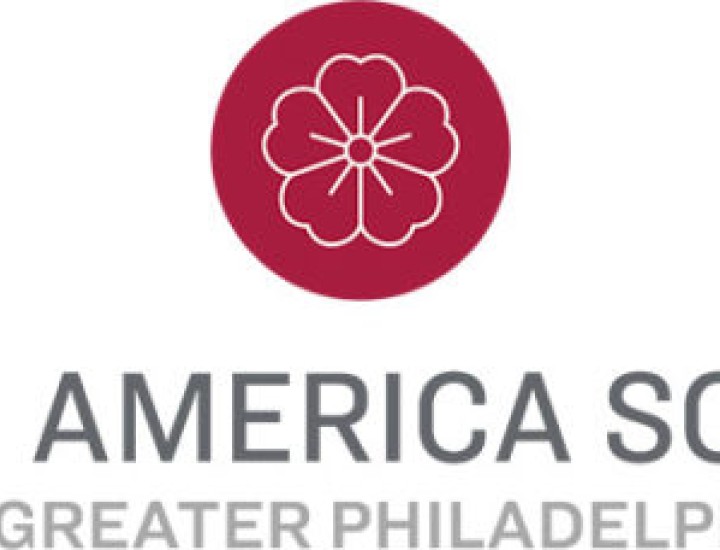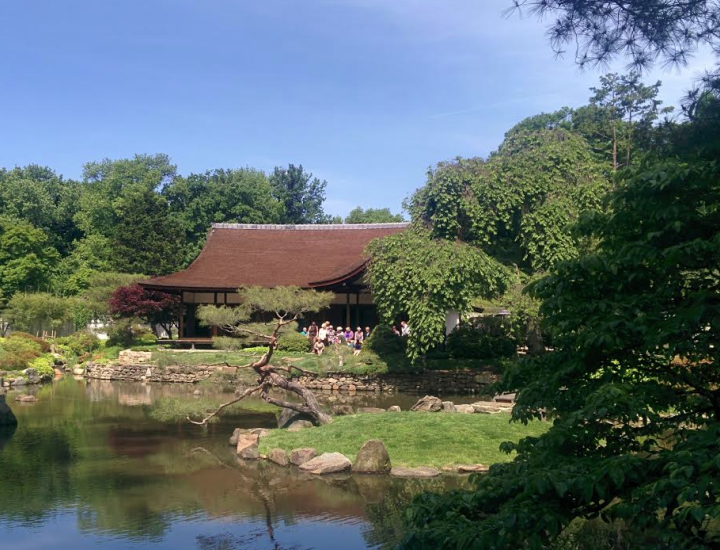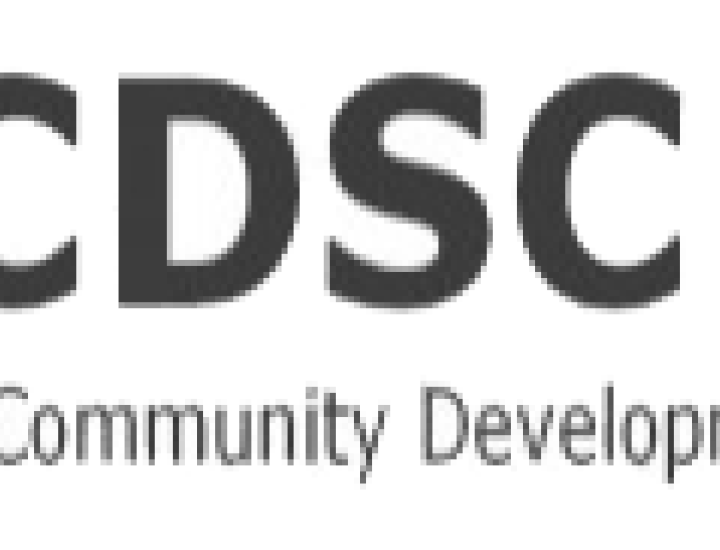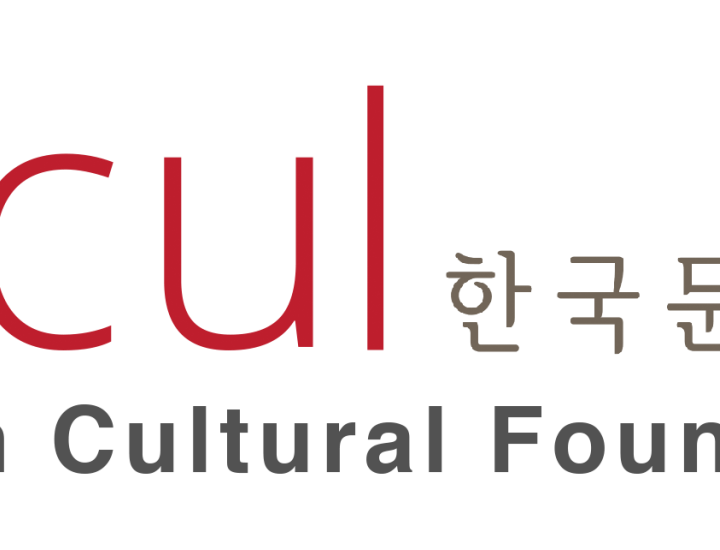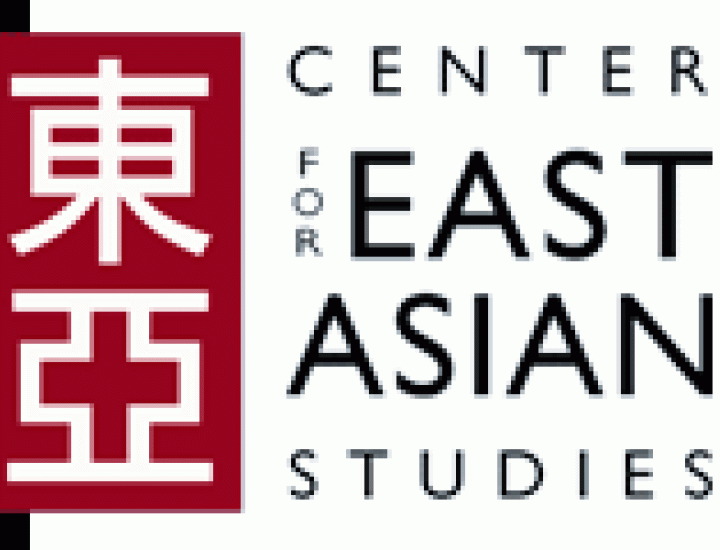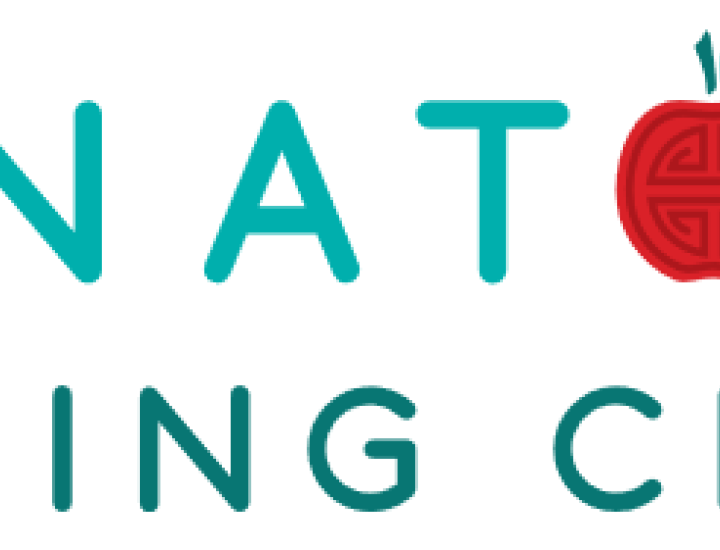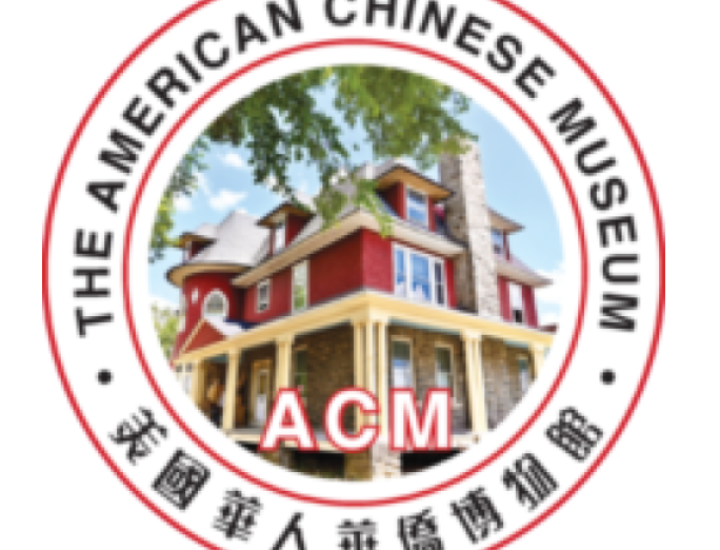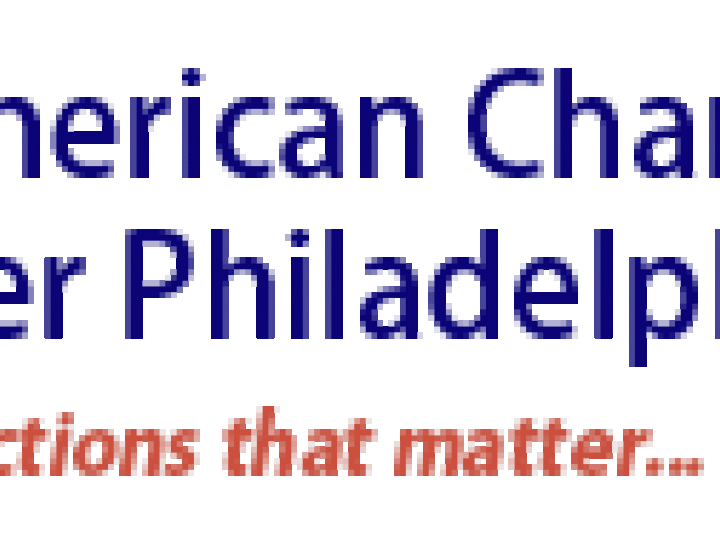Asian
According to U.S. Census numbers, thirty-nine percent of Philadelphia’s foreign born come from Asia, making Asians the largest share of Philadelphia’s immigrants. Among Philadelphia’s 1.5 million population, 8% are Asians, based on the estimate report from U.S. Census Bureau released in July 2022.
Hailing from more than 15 countries from Pakistan to the Philippines, Asians have come to Philadelphia to create a new life for themselves and their families. They have brought with them the traditions of their families and homelands, their skills and knowledge, their languages such as Khmer, Tagalog and Urdu, faiths, and philosophies from Buddhism to Catholicism to Islam.
Nonprofit Cultural & Social Organizations
Consular Corps Associations & Chamber of Commerce
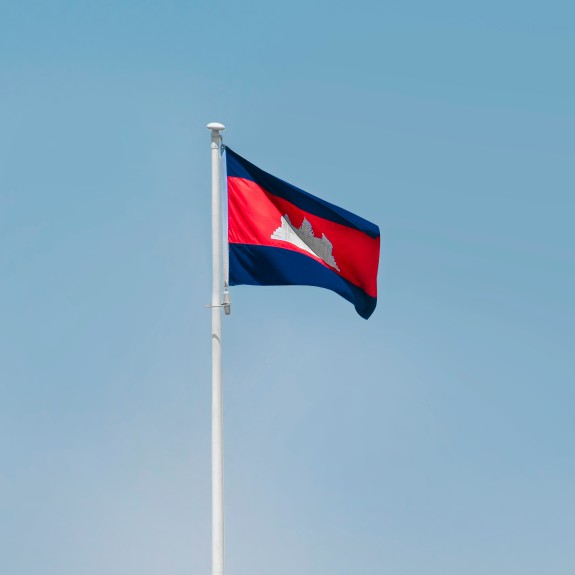
Cambodia
POPULATION
11,000 (Pew Research Center)
REGION / NEIGHBORHOOD
The first Cambodians settled in West Philadelphia, but in the last 20 years most have migrated to South Philadelphia. Other areas with pockets of Cambodian immigrants include North Philadelphia, Logan/Olney, and Upper Darby.
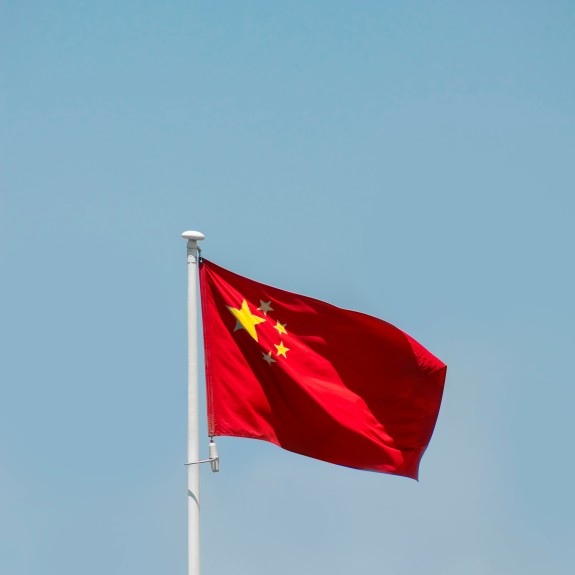
China
POPULATION
22,200 (CDC)
REGION / NEIGHBORHOOD
The Chinese immigrant population is concentrated in Chinatown, located in Center City East. Professionals and the upwardly mobile tend to live in Center City and in suburbs such as Drexel Hill, Radnor and Cherry Hill. Other areas with Chinese immigrants include Center City, University City, and South Philadelphia.
The Philadelphia metropolitan region ranks within the top 10 preferred locations for Chinese immigrants relocating to the United States. Of the roughly 37,000 individuals of Chinese descent living in Philadelphia, based on estimates from 2014 to 2018, 60% were born outside of the United States.
Did you know...
that our Chinese Friendship Gate was the first one in the US which actual Chinese artisans built?
Sabrina Soong, a Chinese-American artist and architect, created a design that reflects a traditional Chinese architectural style of the Qing dynasty.
To learn more about efforts to improve and preserve Chinatown, please click below.
Officials from Philadelphia and Tianjin, a World Heritage Sister City, dedicated the gate in early 1984 as a commemoration of the friendship.
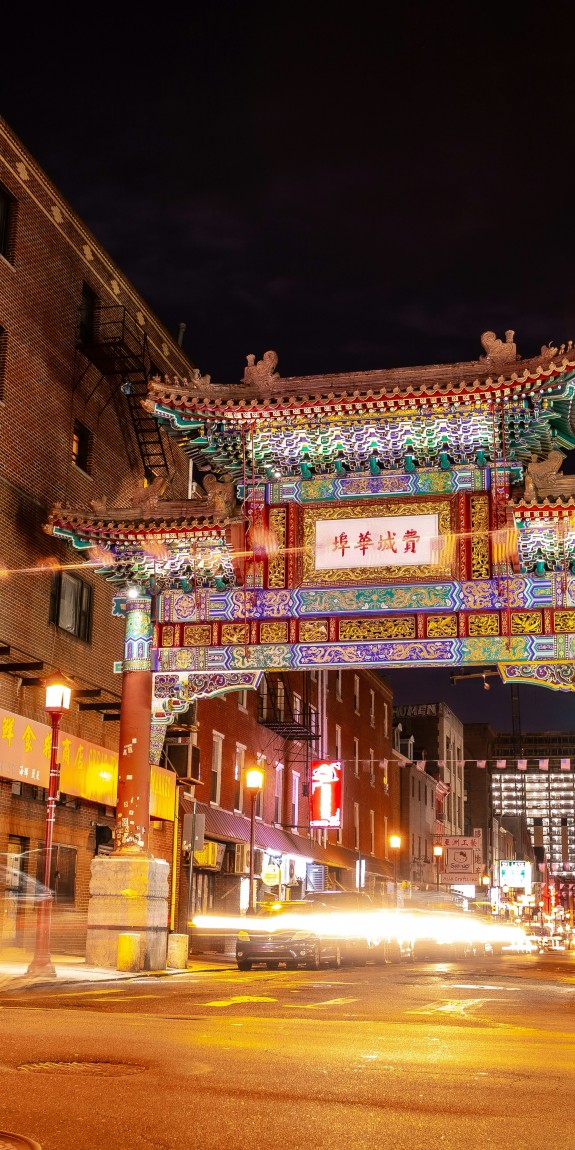
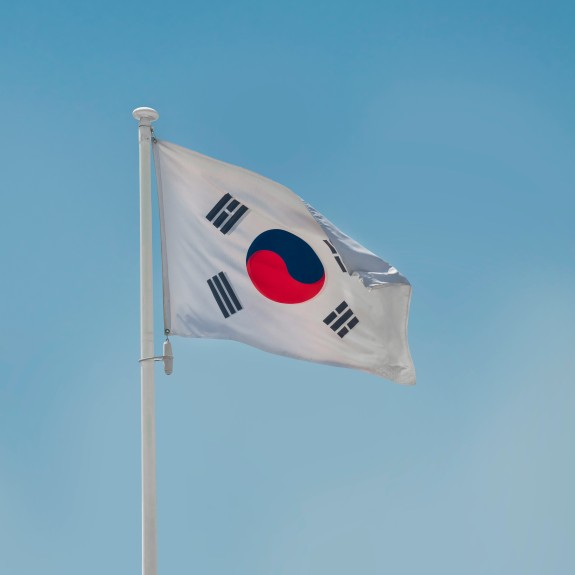
Korea
POPULATION
42,000 (Pew Research Center)
Philadelphia boasts the eighth-largest population of Korean Americans among all cities in the United States, with approximately 42,000 residents.
REGION / NEIGHBORHOOD
Koreans are historically concentrated in Olney and Cheltenham. More recently, Koreans have tended to settle directly in suburban areas as opposed to urban neighborhoods.
A majority of Korean-American families are Christian (Baptist and Presbyterian) and services are often held in Korean. There are a growing number of elderly Koreans in the area.
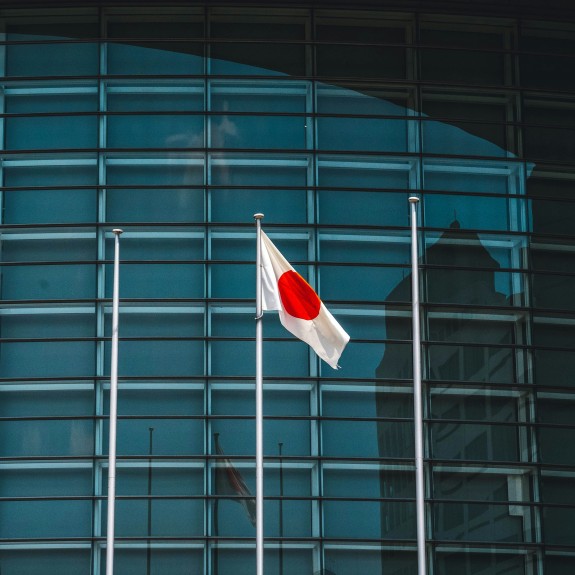
Japan
POPULATION
3,000 (approx)
REGION / NEIGHBORHOOD
Japanese immigrants live in various locations throughout Philadelphia, both in Chinatown and the surrounding suburbs.
The Japanese Diaspora in Philadelphia
Before World War II, the Japanese population in the Philadelphia area was relatively small, with approximately 100 individuals residing there. Many arrived to pursue education at prestigious local institutions or to engage in professions such as Japanese art, silk trade, and domestic work.
Notable figures like Inazo Nitobe, Hideyo Noguchi, and Ume Tsuda achieved international recognition in scholarship, science, and education respectively. Unlike the experiences of Japanese immigrants on the West Coast, those who graduated from universities like the University of Pennsylvania often found success in professional fields like engineering, architecture, medicine, and dentistry.
Individuals like Yosuke W. Nakano and Tadafumi Mikuriya made significant contributions to the architectural and engineering landscape of Philadelphia, with Nakano designing notable buildings including Thomas Jefferson Hospital.
Historical Connections
Japanese diplomats and businessmen have long visited our city. Japanese craftsmen built a market, pavilion, and gardens at the 1876 Centennial Exhibition to showcase their artistic traditions, architectural styles, and landscape practices -- all of which fascinated Philadelphians who attended the Exhibition.
At the same time, young Japanese women travelled to Philadelphia to attend the Women’s Medical College of Pennsylvania, the only medical school in the world at the time that trained female physicians. Later, in 1956, the Philadelphia Museum of Art, installed a temple and ceremonial tea house, Evanescent Joys, purchased from Japan in the 1920s.
Click below to keep reading about Philly's historical connections to Japan with GPA's cultural eblast series, and to find additional resources and organizations.
Philadelphia Sister City - Kobe, Japan
Philadelphia shares a special bond with Kobe as sister cities, a relationship that has deepened over the years and celebrated its 30th anniversary. This connection goes beyond mere symbolism, as evidenced by initiatives such as the educational exchange between students of Philadelphia's String Theory Performing Arts Charter High School and their counterparts from Kobe Municipal Rokko Island High School and Fukiai Senior High School.
By fostering relationships between cities like Philadelphia and Kobe, we not only promote peace and understanding but also enrich the lives of citizens by exposing them to diverse perspectives and opportunities for learning and growth.
Learn Philly Heritage Japanese Coloring Book
As part of implementing the World Heritage City Strategic Plan, this coloring book is meant to help children, from age 5 to 11, become familiar with the historical and cultural heritage of Philadelphia, while having fun and being creative.
The book is also available in English and Spanish.
learn philly heritage coloring book
Maido! was founded in 2003 by Seiko Dailey and is the only Japanese-owned grocery store in the Greater Philadelphia area.
Greater Philadelphia area.
Visit Japan without leaving Philadelphia by trying the "eat-in lunch counter where they serve authentic okonomiyaki (savory pancake), yakisoba (fried noodles), and other Japanese meals, to their selection of Japanese toys, and fresh produce."
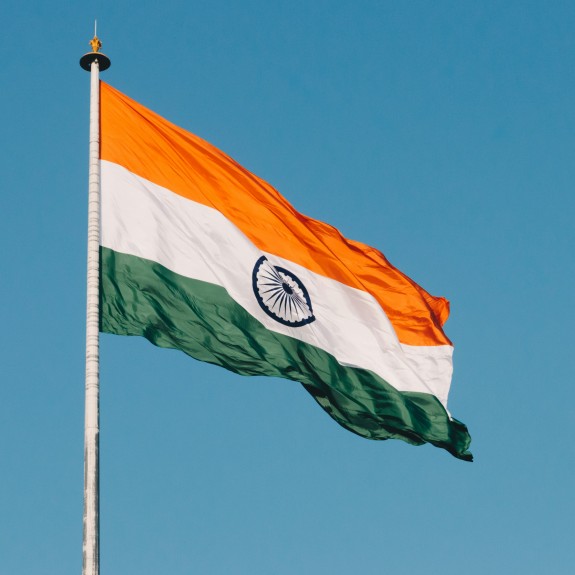
India
POPULATION
108,000 (based on numerous estimates)
REGION / NEIGHBORHOOD
A large population of Indian immigrants can be found in the Northeast Philadelphia areas of Somerton, Bustleton, Pennypack/Academy Gardens and Oxford Circle. An Indian presence is also found in West Philadelphia and the University City and Powelton Village Areas. Many of those living in the Far Northeast tend to be white-collar professionals, though a percentage of this group also lives in the West Philadelphia and Center City areas. Blue-collar workers tend to live mostly in West Philadelphia neighborhoods.
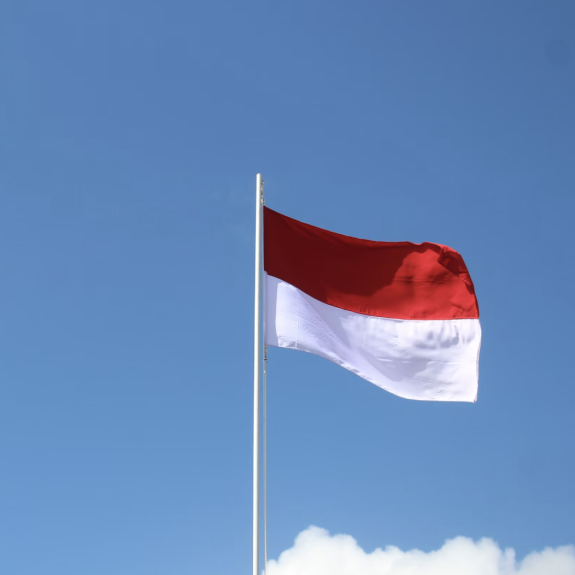
Indonesia
POPULATION
10,000
REGION / NEIGHBORHOOD
The majority of Indonesian immigrants live in South Philadelphia in neighborhoods west and east of Broad Street such as Point Breeze and Wharton/Hawthorne/Bella Vista. A smaller cohort of mostly ethnic Chinese Indonesians lives in the East Center City Chinatown neighborhood while other Indonesians live in North Philadelphia or the Northeast. There are fewer small children and elderly adults than in comparable Asian immigrant groups who have lived in the United States for a longer period of time.
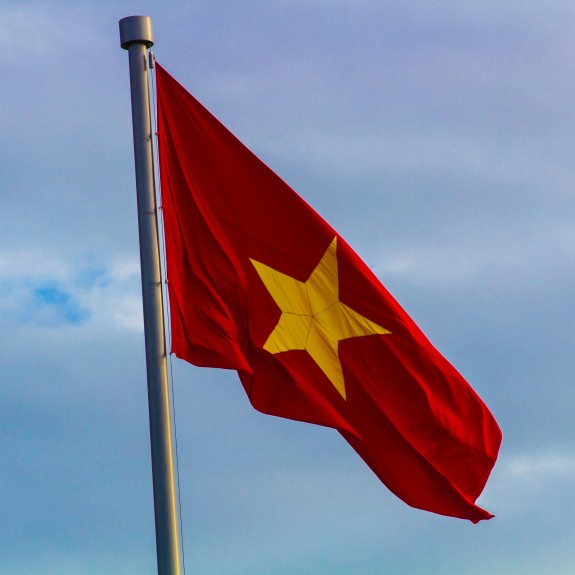
Vietnam
POPULATION
17,000 (based on numerous estimates)
"Only seven California cities and Houston have larger Vietnamese communities" in the United States. (PI)
REGION / NEIGHBORHOOD
Many middle to lower-class Vietnamese live in South and Southwest Philadelphia, North Philadelphia, Kensington, Harrowgate and Center City. White collar, middle and upper-class Vietnamese mostly live in Montgomery and Bucks County. Philadelphia has the third largest Vietnamese immigrant population on the East Coast behind only northern Virginia and Boston.
South Asia Connections to Philadelphia
South Asians began their immigration to Philadelphia in the 1800s, and they brought along a variety of cultures that have diverse customs, cuisines, faith traditions, interests, and more. Since this time, the region’s higher education institutions have attracted South Asians, and thousands have attended Villanova University, the University of Pennsylvania, and Temple University, among others.
In 1876, visitors to Philadelphia's Centennial Exposition encountered East Indians as part of a representation of the colonial British presence throughout South Asia. When British colonial rule ended across the region, and especially after American immigration laws shifted in the 1960s, South Asians’ presence expanded substantially across the Delaware Valley.
Now, approximately 12,000 Indians live in the Philadelphia area, among thousands more from other South Asian nations. Numerous institutions and organizations here in Philadelphia provide opportunities to see elements of South Asian culture, history, and community participation.
